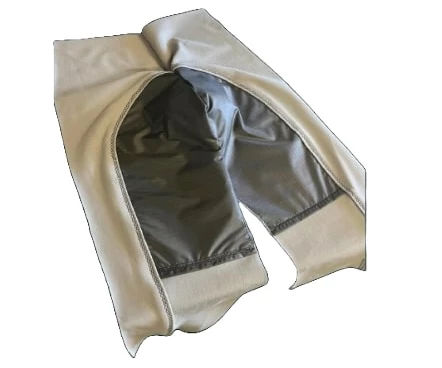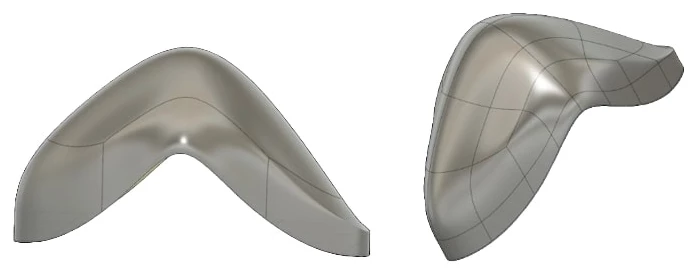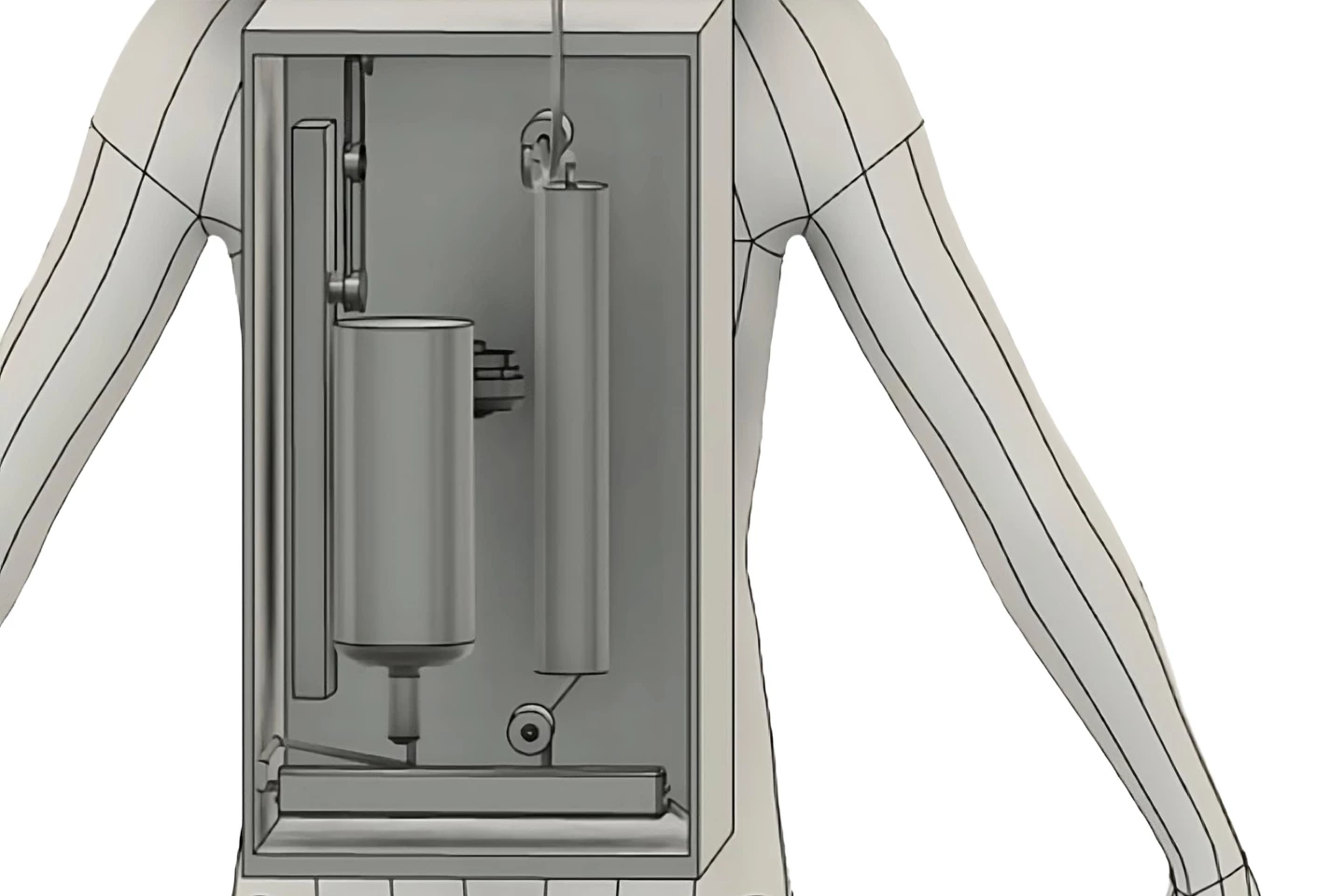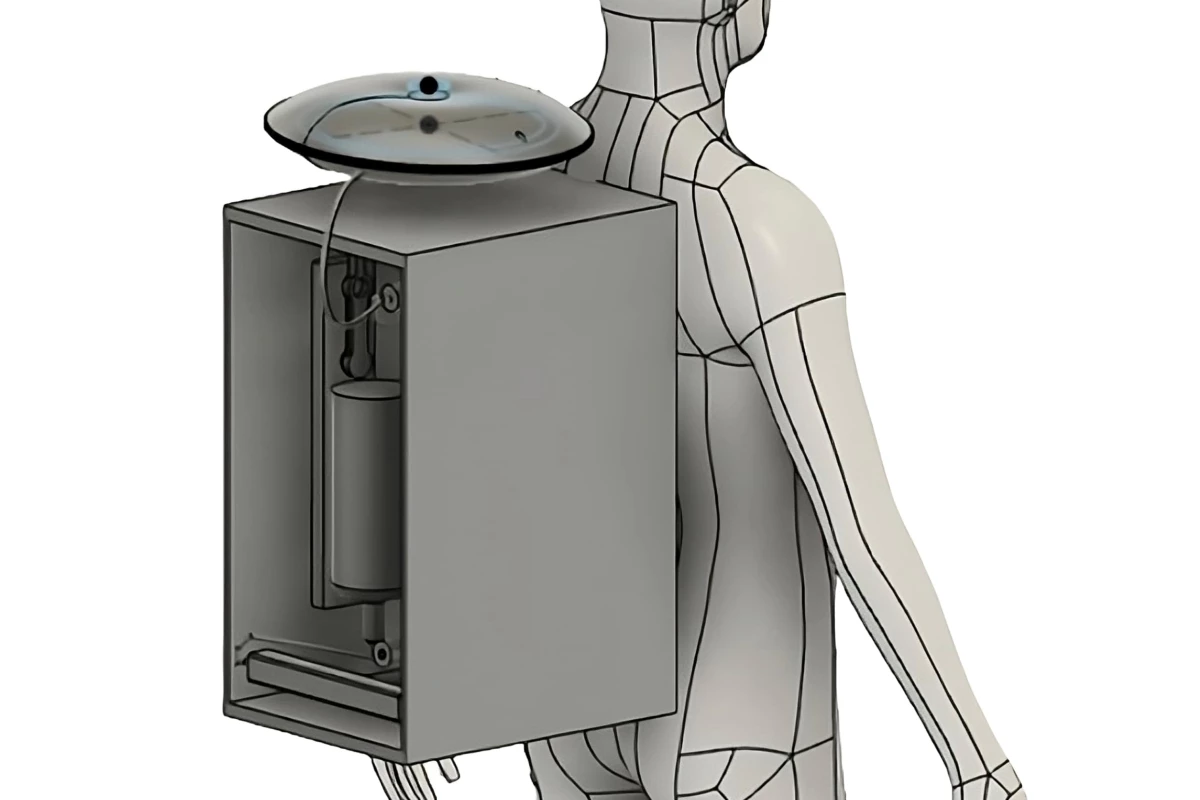In the not-too-distant future, astronauts could be drinking water harvested from their own urine, courtesy of a Dune-inspired system integrated into their spacesuit. If nothing else, it should certainly beat just peeing into a diaper.
Currently, when astronauts have to wear their spacesuits for long periods of time, they urinate directly into a "maximum absorbency garment" (MAG) … which is essentially a fancy adult diaper. The urine stays in that garment, close to their skin, until they're able to undress.
Needless to say, this isn't a very comfortable or hygienic arrangement. Additionally, the urine in the MAG simply gets disposed of along with the rest of the garment. In a spacecraft or on a space station, where every drop of potentially drinkable water is sacred, this could be viewed as wasteful.
In the Dune books and movies, residents of the desert planet Arrakis addressed this problem with "stillsuits" that recycled their sweat and urine into drinkable water. Led by Prof. Christopher E. Mason, scientists at Cornell University have now developed a similar real-world system. Here's how it works …

Users wear a modified MAG made of multiple layers of flexible fabric, which incorporates a molded silicone collection cup which fits over their genitals. There are both male and female versions of the cup, both of which are lined with polyester microfiber or a nylon-spandex blend that draws urine away from the body.
As the wearer urinates into the cup, the drawn-away liquid is detected by an integrated humidity sensor, which triggers a pump to vacuum the urine out of the cup's lining and into a connected backpack. There, it passes through a two-step forward and reverse osmosis filtration system. This process separates water from the other components of the urine, including salt.

The resulting purified water then has electrolytes added to it, to provide sustenance during spacewalks or other activities that may take several hours to perform. In a final step, that fortified water is pumped into a hydration-pack-like in-suit drinking bag. While spacesuits do already incorporate such water bags, those bags could be smaller if they were periodically getting topped up with recycled-urine water.
In an existing prototype version of the system, the collection and purification of 500 ml (17 oz) of urine takes just five minutes. Additionally, the setup converts urine to drinking water with an efficiency of 87%.

The battery-powered backpack unit measures 38 x 23 x 23 cm (15 x 9 x 9 in) and tips the scales at about 8 kg (18 lb). These figures will likely get smaller as the technology is developed further, and enters the next phase of testing.
"Our system can be tested in simulated microgravity conditions, as microgravity is the primary space factor we must account for," says Mason. "These tests will ensure the system’s functionality and safety before it is deployed in actual space missions."
A paper on the project was recently published in the journal Frontiers in Space Technologies.
Source: Frontiers





